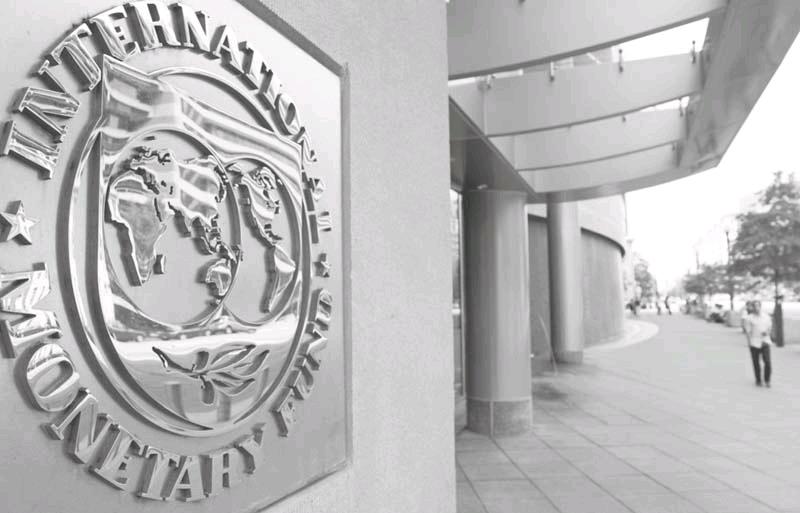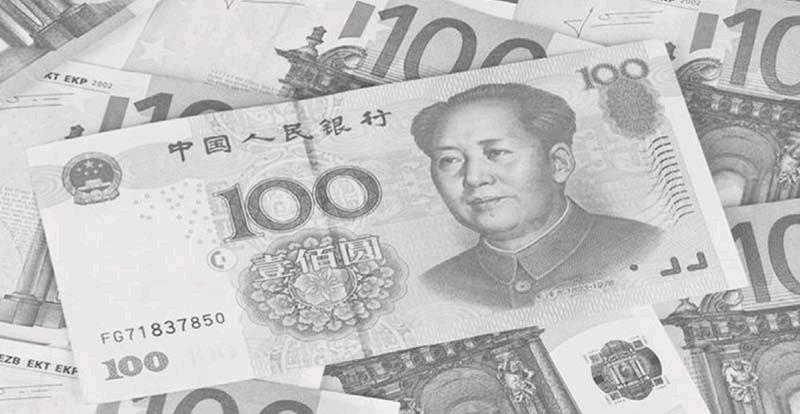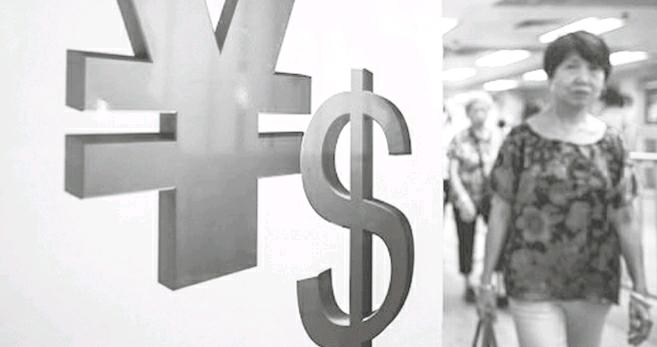China’s Yuan to Become Global Currency
2016-02-21
IMF to add Yuan to SDR Basket
The worlds second-largest economy makes a great stride in the internationalization of its currency, the Yuan, or RMB, as the currency is poised to enter the big leagues of global currencies.
On November 13, the International Monetary Fund (IMF) staff members issued a paper to the Executive Board stating that the Yuan met requirements to be a "freely usable" currency and proposing it should be included in the organizations Special Drawing Rights(SDR) basket as a fifth currency, alongside the U.S. dollar, euro, British pound and Japanese yen.
The IMF said “freely usable” refers to a currency being widely used for international transactions and widely traded in foreign-exchange markets.
According to Christine Lagarde, the head of the Washington-based, the decision rests with the IMFs Executive Board which is scheduled to meet on Nov. 30 to consider the proposal.
Experts say that the inclusion of the Yuan is all but certain to get approval by the IMFs Executive Board by the end of November, as major IMF shareholders, including the U.S., have said they will support inclusion if the Yuan meets IMF criteria during Chinese President Xi Jinpings September visit to Washington.
If getting approval, the inclusion of the Yuan would be the first change in the SDRs currency composition since 2001, when the euro replaced the German deutsche mark and French franc.
The “special drawing right” is an international reserve asset and inclusion carries the prestige of joining the worlds advanced economies.
The inclusion of the Yuan also marks a milestone in Chinas efforts to fully integrate into the global economy.
Chinas Push to Globalize the Yuan
China is pushing hard for the inclusion of the Yuan in the SDR basket. It applied to join the elite basket of global reserve currencies last year, igniting controversy over the depth of reforms in the worlds second-largest economy.
The country is in the midst of a sweeping economic transformation, simultaneously attempting to open markets while downshifting from a manufacturing and export boom to more stable growth driven by consumers. The journey has been rocky, resulting in a roller-coaster summer for financial markets around the world.
In August, China announced it would allow its currency to adjust in line with market forces, a move that effectively devalued the Yuan. The move sparked a global sell-off, as investors feared it was a sign that the countrys economic growth was slowing faster than officials in Beijing would admit. After years of breakneck expansion, China has lowered its official targets for growth.
But allowing the Yuan to float more freely was also a necessary step for consideration in the IMFs basket of elite currencies.
Over past years, China has made great efforts to globalize its currency, in a bid to challenge the dollars top status in the coming decades.
The Dominant US Dollar
Currently, the US dollars international predominance, which began after the World War II, allows the U.S. to borrow cheaply and easily, boosting U.S. economic growth by 0.3% to 0.5% annually.
When businesses conduct trade overseas, when foreigners invest outside their home countries, and when central banks stock up on currency reserves, they overwhelmingly use the US dollar. That preference creates stronger demand for U.S. government bonds.
The gross debt-to-GDP level in the U.S. has surpassed 100%, which would throw some European economies into a debt crisis, yet America easily attracts lenders willing to buy treasuries for practically zero interest.
U.S. risk-free rates are lower than they otherwise would be. Thus, Americans borrow more cheaply, finding it less expensive to start a business, take out a home loan, or charge a credit card.
Besides, since the U.S. government—unlike most others—borrows in its own currency, shifting exchange rates dont threaten to make its debt more expensive. These benefits together well outweigh the downside: a stronger US dollar.
According to the McKinsey Global Institute, the US dollars reserve-currency status adds between 0.3% and 0.5% to the U.S growth annually.
In the realm of foreign policy, the dollars reserve status gives U.S. economic sanctions a larger bite.
The Yuans Challenge
Chinas Yuanm, which has also been used as a reserve currency in some countries, is posing a growing challenge to the dollars reserve-currency status. According to some Chinese economists, the Yuan can rival the dollar in next 15 to 20 years.
China has been pushing its currency to wider use on the global stage with steady steps over the past decade.
Since July 2009, when China introduced a pilot scheme allowing for yuan settlements in cross-border trade, the currencys overseas footprints have been expanding fast, especially for use in international trade.
In 2013, the Yuan became the worlds No 2 currency for trade finance globally.
According to data, the number of foreign exchange trades involving the Yuan surpassed 1 million for the first time in a single month in August 2015, rising by 20% from the previous month and a massive 50% from the previous year.
Moreover, in the month, the Yuan was used in 2.8% of global payments, up from just 0.84% in August 2012, overtaking the Japanese Yen to become the fourth most-used currency for the first time, only after the US dollar, the euro and the British pound, according to global transaction services organization SWIFT.
On the Swifts list of the mostused global currencies, the Yuan was ranked number 12 just three years ago. This surge in relevance was likely trig- gered by the devaluation of the yuan. On August 11,The Peoples Bank of China, the countrys central bank devalued the Yuan reference rate by 1.9% and switched to a more market-oriented fixing, spurring a 2.6% slide in the currency in August.
Nathan Chow, an economist at DBS Group Holdings Ltd. in Hong Kong who predicted in January that the currency would surpass the Yen in global usage this year, said:"It shows that the so-called devaluation in August, which wasnt massive in value, hasnt driven people away from using the Yuan."
But, it is still obviously that the Yuan is quite far behind the top three global currencies. In comparison, the US dollar was used in 44.8% of global payments, the euro in 27.2%, and the British pound in 8.5% in August.
Rivaling the dollar in the global fi- nancial system has been Beijings ambition for the Yuan since 2010. The country has already opened clearing hubs in London and Frankfurt.
To further expand the Yuans importance in the international stage and challenge the US dollars dominance, Chinas central bank has started a global payment system, the China International Payment System, which provides crossborder transactions in Yuan.
Helen Wong, greater China chief executive at HSBC, said: “The establishment of CIPS is an important milestone in Yuan internationalization, providing the infrastructure that will connect global Yuan users through one single system.”
Benefits
China tried to convince the IMF to declare it an official reserve currency. The potential benefits to China are clear. An internationalized Yuan would drive demand for it, lower Chinas borrowing costs, and boost growth.
Standard Chartered Plc estimated that the inclusion of the Yuan in IMF currency basket could trigger as much as 1 trillion US dollars of inflows into the currency.
Currently, more than 1,000 banks in 100 countries are able to use the Yuan to make payments in China and Hong Kong, up 20% from 2 years ago.
A globally pervasive Yuan would reduce the threat of Americas sanctions, and possibly increase that of Chinas. A pervasive Yuan would reduce the power of the Federal Reserve in setting global monetary conditions, as a looming Fed rate hike threatens to further draw capital to the U.S. and away from struggling emerging markets.
